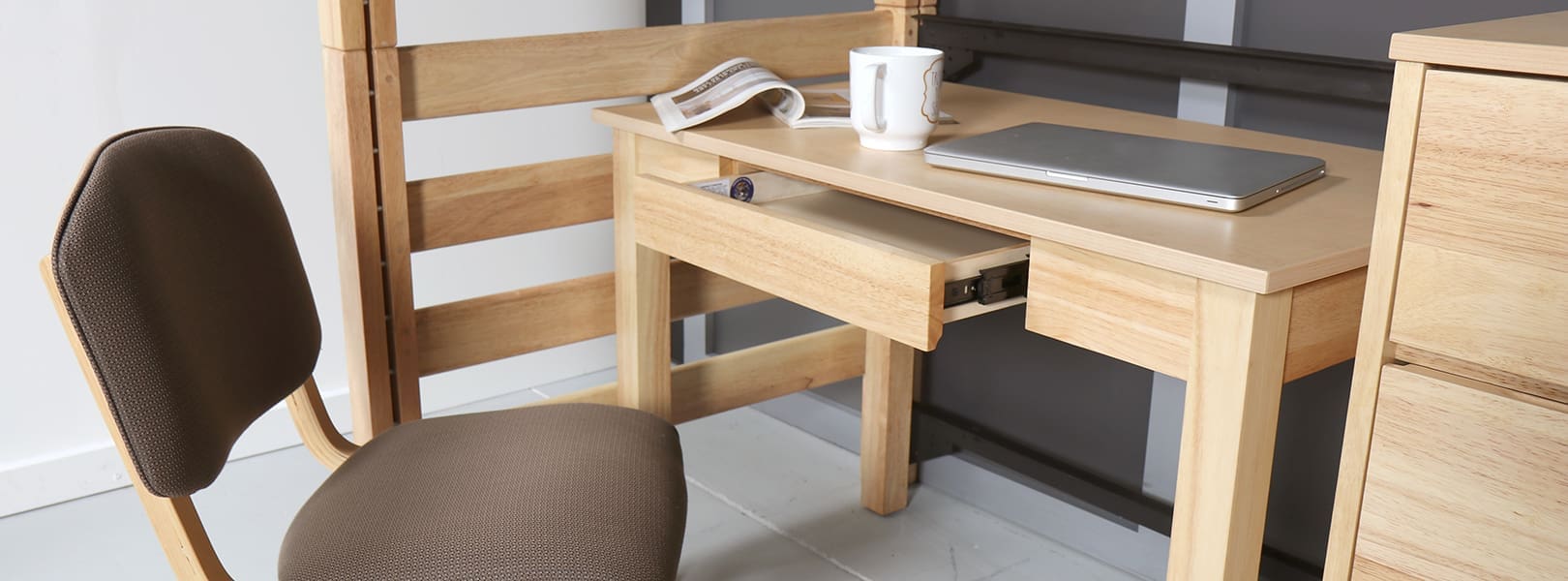

The ability to draw and conceptualise three-dimensional objects.

A keen sense of aesthetic beauty and a good eye for detail.Skills for running a business if you’re self-employed - these could include marketing, sales, finance, buying, maintenance engineering and production.A desire to keep up to date with market trends and new ideas.Collaborative skills, particularly if working in a multidisciplinary practice.Attending workshops, seminars and training on various types of manufacturing and furniture design.Organising plans and schedules with respect to the availability of resources.Using various tools to complete projects from raw materials to finished furniture items.Evaluating issues such as pricing and fixing costs, fashion, purchasing, safety, materials and manufacturing methods and techniques.Liaising with craftsmen or production department staff (such as production managers, marketing staff and design engineers) about the process of construction or manufacture.
#Graduate furniture design jobs software#
Using software packages such as AutoCAD, Inventor, SolidWorks and Photoshop. Generating sample designs using computer-aided design (CAD), card models, sketches or hard prototypes. Discussing designs with clients for custom ordering or with manufacturers. Selecting suitable materials, which might include wood, metal, plastic and textiles. Staying informed about design trends and developments. Finding ways to improve furniture items already manufactured. Studying, researching and planning various styles of furniture design. The responsibilities of a furniture designer could include: Your work activities as a furniture designer will vary according to whether you are self-employed working alone or with one or two other craftspeople or employed by a manufacturing company, with a group of experienced furniture designers. You'll either work alone or alongside colleagues creating concepts and designs that balance innovative design, functional requirements and aesthetic appeal. You may just be involved in the design aspect of the work or you could be a highly-skilled crafts person producing items from your own designs. Job Description and Benefitsįurniture designers will create designs for furniture and other items that will be mass-produced, produced in small batches or made as one-off individual pieces. They have excellent drawing skills, as well as a thorough knowledge of computer design software. Designers have an eye for grids and patterns, an understanding of layout, plot drawings and plans, good communication and listening skills, and spatial design skills as they relate to dimension and structure. On any given day designers will work with clients producing new and unique designs or improving existing designs, forecasting and budgeting, testing new ideas using prototypes or models, preparing detailed final designs after alterations or improvements have been made, and carrying out research to develop new ideas and drawings. Today, furniture makers design for the masses, creating dressers, beds, sofas, and many other pieces for modern homes, apartments, offices and more. Historically, many furniture designers created pieces for the aristocracy and nobility. She was educated at the University of Toronto and received a Master’s in Design from Central Saint Martins College of Art and Design, London.Furniture designers are proficient in designing and creating furnishings, taking into consideration both functionality and fashion. They design both exterior and interior furnishings, often keeping in mind things like customer preferences, sustainability, ergonomics, and practicality.įurniture creation has been an art form for hundreds of years. Her previous collections have received four ICFF Editors’ Awards. In 2016, an exhibition of Johnson’s work produced in collaboration with Wendell Castle’s Icon Furniture and master craftsmen in Rajasthan was featured at Rossana Orlandi Studio during Milan Design Week. She is currently working on a project with furniture manufacturers in Barbados to develop and implement a new long-term strategy for the industry. 
She also designs product lines for established manufacturers worldwide, including Keilhauer, Nienkamper, David Design and Mabeo. Johnson has developed multi-year, government-funded programs in countries like Botswana, Guyana, Mexico and Haiti. Based in the US and Canada, she collaborates with start-ups, manufacturers, governments and other designers to create unique design programs and product collections.

Patty Johnson is a designer and educator who is interested in the interchange between research, design, commerce and culture.








 0 kommentar(er)
0 kommentar(er)
